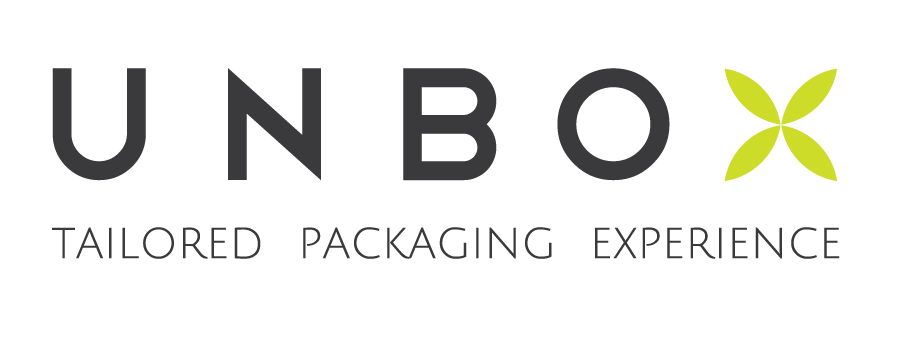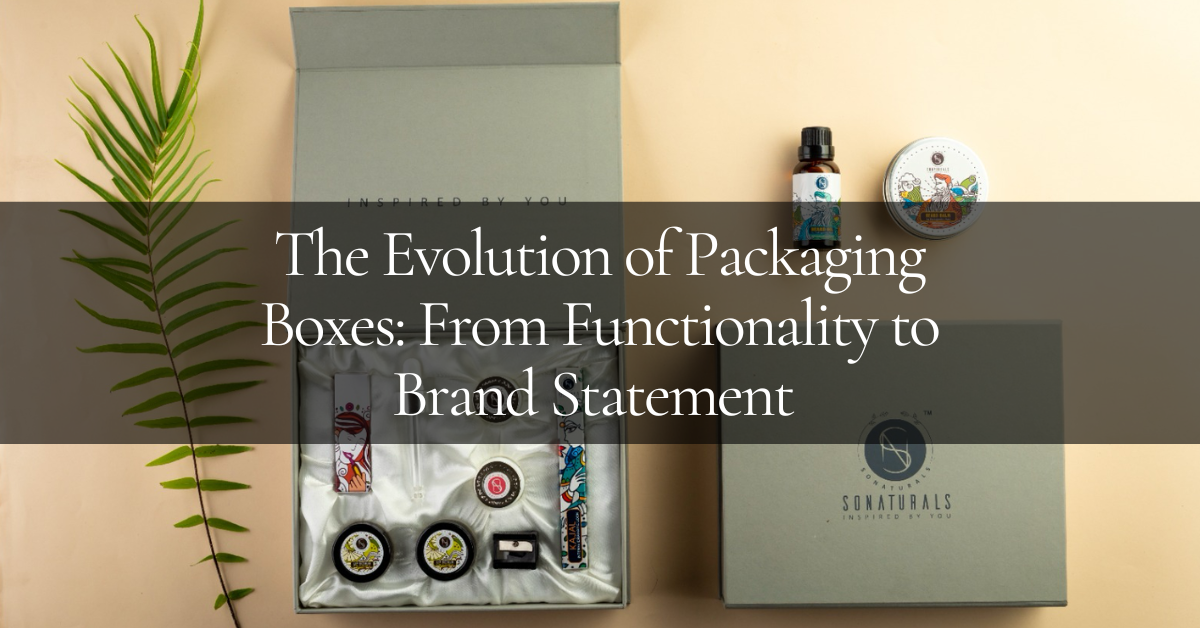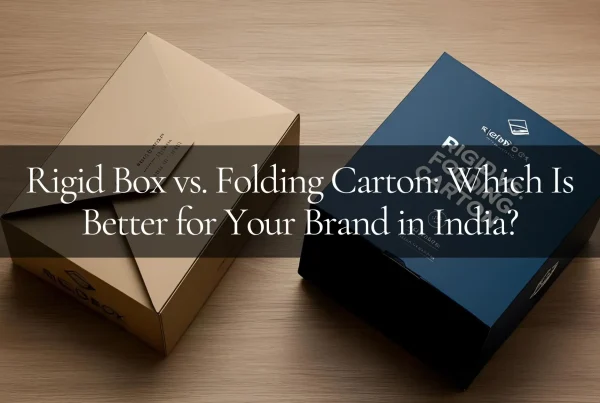Packaging boxes have come a long way since their inception, evolving from mere functional containers to powerful tools for brand communication and differentiation. In this article, we will delve into the fascinating journey of packaging boxes, exploring the reasons behind their evolution and the impact they have on consumer behaviour.
Understanding the Basics of Packaging Boxes
The Initial Purpose of Packaging Boxes
Packaging boxes were initially designed with one primary purpose in mind – to protect the contents they held. In the early days, packaging boxes were simple and utilitarian, constructed from basic materials like wood, metal, and glass. Functionality reigned supreme, with little thought given to aesthetics or branding.
The Materials and Designs Commonly Used in Early Packaging
As time progressed, packaging boxes became more diverse in both material and design. Wood gave way to cardboard, metal to plastic, and glass to lightweight polymers. These materials not only improved durability and affordability but also opened up endless possibilities for creative packaging designs.
The Evolution of Packaging Boxes in the Modern Era
In today’s fast-paced consumer market, packaging boxes have evolved beyond mere protection to become a powerful marketing tool. Companies now invest heavily in designing custom packaging that not only safeguards the product but also enhances brand recognition and customer experience. From eco-friendly materials to innovative structural designs, modern packaging boxes are a blend of functionality and aesthetics.
The Role of Sustainability in Packaging
With growing environmental concerns, sustainability has become a key focus in the packaging industry. Many companies are opting for recyclable and biodegradable materials to reduce their carbon footprint. Packaging boxes are now being designed with the end of their lifecycle in mind, promoting reuse and recycling to minimize waste. This shift towards sustainable packaging not only benefits the environment but also resonates with eco-conscious consumers.
The Shift Towards Branding in Packaging
The Role of Marketing in Packaging Evolution
With the rise of marketing and consumerism, packaging boxes began to take on a new purpose – to serve as powerful brand statements. Marketers realized that packaging was an excellent opportunity to capture consumer attention and convey brand values. Eye-catching designs, vibrant colors, and engaging visuals became key differentiators in the marketplace.
The Impact of Consumer Behavior on Packaging Trends
Consumer behavior also played a significant role in shaping packaging trends. As consumers became more discerning, they started associating packaging aesthetics with product quality. Brands quickly recognized this and began investing heavily in innovative packaging designs that resonated with their target audience.
### Environmental Sustainability in Packaging
In recent years, there has been a growing emphasis on environmental sustainability in packaging. Consumers are becoming more conscious of the impact of packaging materials on the environment, leading to a shift towards eco-friendly packaging solutions. Brands are now exploring options such as biodegradable materials, recyclable packaging, and minimalistic designs to reduce their carbon footprint and appeal to environmentally conscious consumers. This trend towards sustainability is not only driven by consumer demand but also by regulatory pressures to minimize waste and promote eco-friendly practices in the packaging industry.
The Role of Technology in Packaging Innovation
Technology has played a crucial role in driving packaging innovation in recent years. Advancements in printing techniques, augmented reality, and smart packaging solutions have revolutionized the way brands interact with consumers through their packaging. Interactive packaging experiences, personalized messages, and traceability features are becoming increasingly common as brands leverage technology to enhance customer engagement and create memorable brand experiences. As technology continues to evolve, we can expect further exciting developments in packaging that blur the lines between physical and digital realms.
The Art and Science of Packaging Today
The Importance of Aesthetics in Modern Packaging
In today’s competitive market, aesthetics play a crucial role in packaging design. Packaging boxes are carefully crafted to create a positive first impression and evoke an emotional connection with consumers. Striking visuals, sophisticated typography, and premium finishes are just a few elements that contribute to the overall appeal of modern packaging.
Furthermore, the color scheme used in packaging design can have a significant impact on consumer perception. Studies have shown that certain colors evoke specific emotions and can influence purchasing decisions. For example, warm tones like red and orange are often associated with energy and excitement, while cool tones like blue and green convey calmness and trustworthiness. By strategically selecting colors, brands can effectively communicate their brand identity and message to consumers.
Technological Advances in Packaging Design
Advancements in technology have revolutionized packaging design. From the use of augmented reality to interactive packaging elements, brands are constantly pushing the boundaries of innovation. These technological enhancements not only add value to the consumer experience but also provide brands with valuable data and insights into consumer preferences.
In addition to interactive features, sustainability has become a key focus in modern packaging design. With increasing awareness of environmental issues, consumers are demanding eco-friendly packaging solutions. As a result, many brands are incorporating biodegradable materials, reducing excess packaging, and implementing recycling programs to minimize their environmental impact. By prioritizing sustainability, brands can not only attract environmentally conscious consumers but also contribute to a greener future.
The Future of Packaging Boxes
As the world becomes more conscious of the environmental impact of packaging, the future of packaging boxes is being shaped by sustainability and eco-friendly trends. Consumers are increasingly demanding packaging solutions that are both functional and environmentally responsible.
Sustainability and Eco-Friendly Trends in Packaging
With growing concerns about the state of our planet, sustainability has become a top priority for many consumers. Brands are recognizing the need to adopt eco-friendly packaging materials and practices to reduce their carbon footprint. Biodegradable and recyclable packaging options are gaining traction, allowing brands to make a positive impact on the environment while appealing to eco-conscious consumers.
But sustainability goes beyond just the materials used in packaging. It also encompasses the entire lifecycle of a product, from production to disposal. Brands are exploring ways to minimize waste and energy consumption throughout the packaging process. This includes using renewable energy sources, optimizing packaging design to reduce material usage, and implementing recycling programs.
The Role of Innovation in Shaping the Future of Packaging
Innovation will undoubtedly play a crucial role in shaping the future of packaging boxes. As technology continues to advance, packaging boxes will evolve to meet the changing needs and expectations of consumers.
One area where innovation is making a significant impact is in smart packaging. Imagine a packaging box that can provide real-time information about the freshness of the product inside. This technology could revolutionize the way we shop, ensuring that we only consume products at their peak freshness. Smart packaging can also help reduce food waste by alerting consumers when a product is about to expire, prompting them to use it before it goes to waste.
Personalization is another area where innovation is transforming packaging boxes. Brands are finding ways to create unique packaging experiences tailored to individual consumers. This can include personalized messages, custom designs, or even interactive elements that engage and delight consumers. By creating a personalized packaging experience, brands can forge a deeper connection with their customers and leave a lasting impression.
Furthermore, innovation in packaging is not limited to functionality alone. Aesthetics also play a significant role in the future of packaging boxes. Brands are investing in visually appealing designs that not only catch the eye but also reflect their brand identity. Packaging has become a powerful tool for brands to communicate their values and differentiate themselves from the competition.
In conclusion, the future of packaging boxes is driven by sustainability, innovation, and aesthetics. As consumers continue to prioritize eco-friendly options, brands are embracing sustainable materials and practices. At the same time, innovation is transforming packaging boxes into smart, personalized, and visually appealing solutions. The packaging industry is evolving to meet the changing needs and expectations of consumers, ensuring that packaging boxes remain an integral part of the consumer experience.




